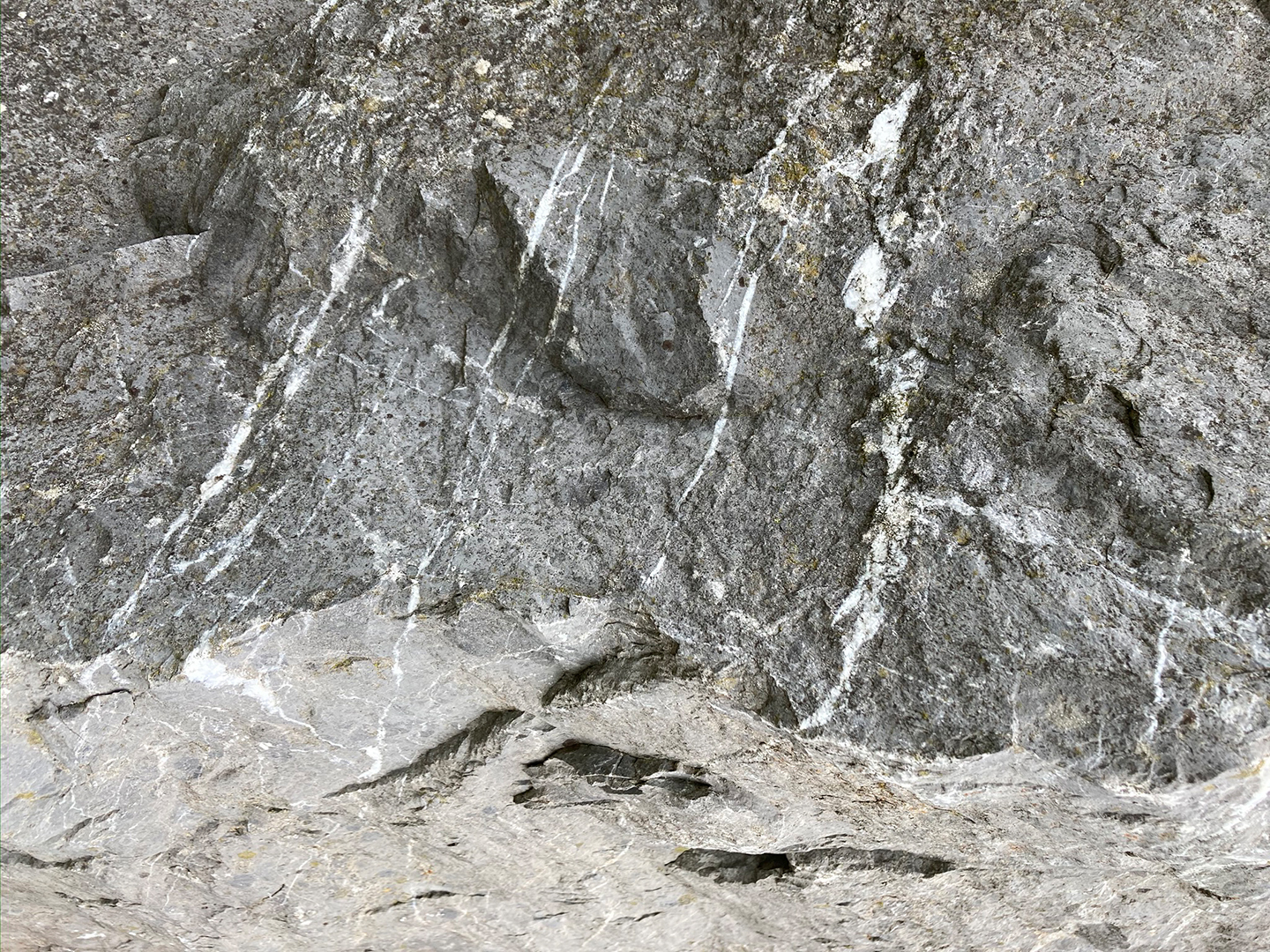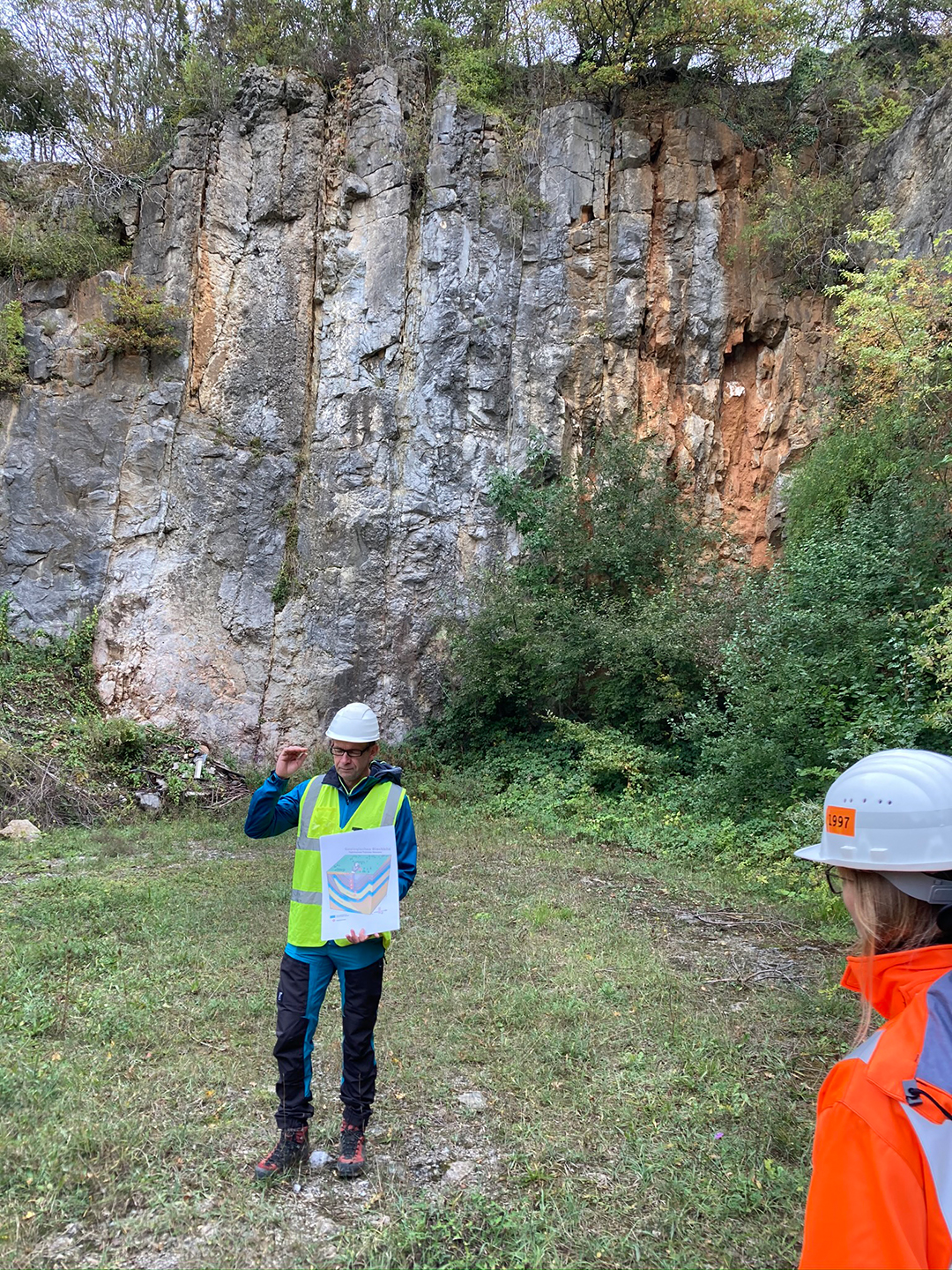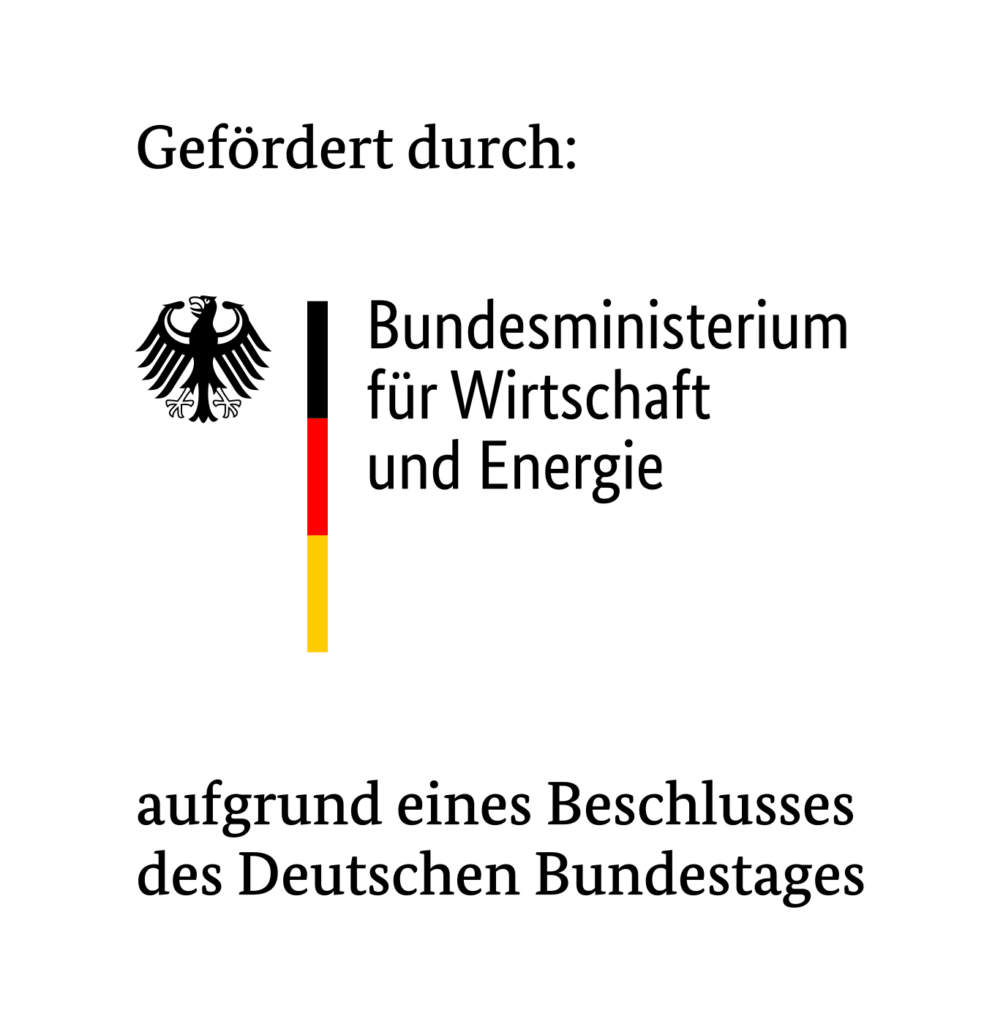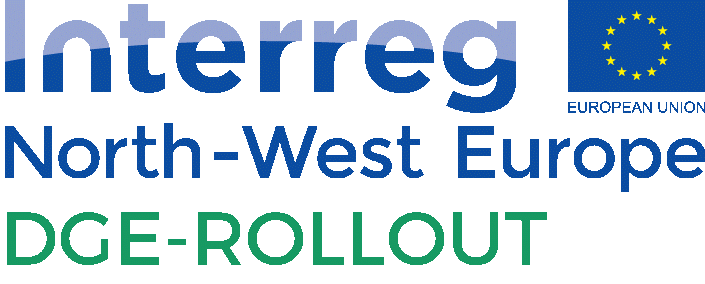Deep geothermal energy in northwestern Europe
In order to curb climate change, low-carbon technologies are needed, especially in the heating sector. Instead of burning coal, oil, and gas for general and industrial heating, deep geothermal energy (DGE) might be able to provide sustainable energy.
However, in most regions of northwestern Europe, surveying for DGE requires specialized expertise and technologies to navigate the complex geology under Germany, France, the Netherlands, and Belgium.
Heavily disturbed, highly permeable limestones and coarse clastic rocks down to depths of three to four kilometres could supply thermal water of up to 150°C for district heating networks in metropolitan areas and large industrial consumers.
Goal
The goal of the DGE rollout is to lay the foundations for increasing the utilization of DGE for large infrastructure in northwestern Europe. This will require mapping and networking, innovative decision-making and exploration strategies, and tests to optimize production.
In the first work package, DGE-ROLLOUT will establish a knowledge basis for deep geothermal energy to develop the market in northwestern Europe: resource potential, market/investor correlation, and current legal framework conditions will be compiled across borders. By compiling many basic sources, it will be possible to identify regional investment hotspots and investor profiles.
In the second work package, DGE-ROLLOUT will create a basis for making decisions about investments in the deep geothermal energy infrastructure and exploration strategies that are more cost-effective, lower-risk, and more reliable than current methods. It will improve the geological map for deep geothermal energy and develop a standardized checklist for the decision-making process with the aim of reducing the risk of DGE projects in northwestern Europe. Finally, innovative technologies such as high-temperature heat pumps and cascaded heat pump systems will be demonstrated under real conditions at two locations.E, deep geothermal energy) nachhaltige Energie bereitstellen.



